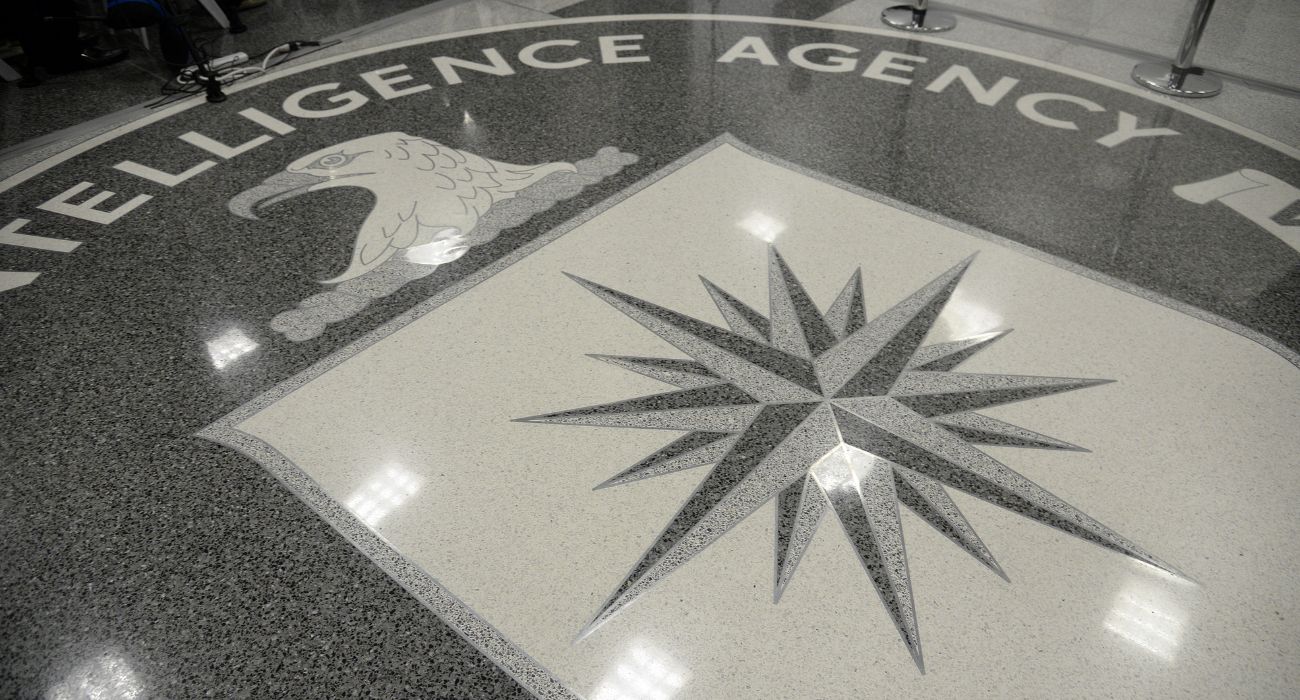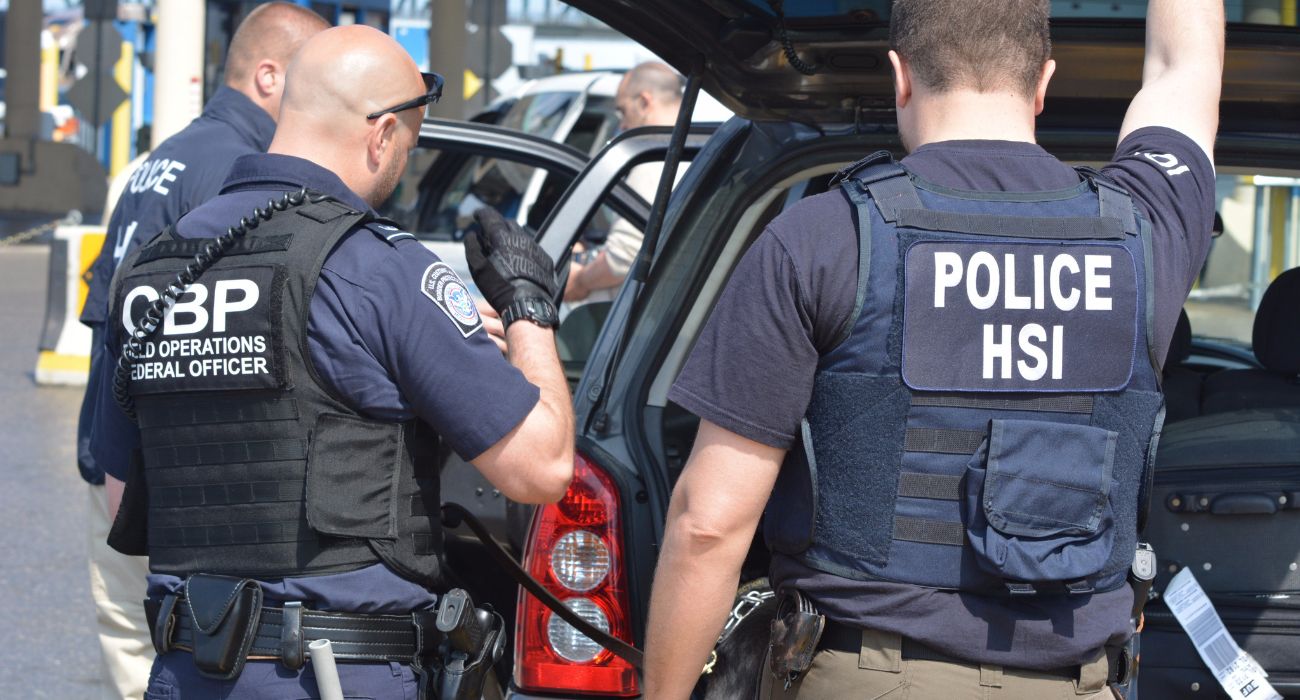New crime data from the FBI was released recently, showing a decline in crime nationwide, however, such figures are ultimately incomplete and do not give an accurate picture of the criminal activity that is actually taking place in communities all over the country.
Although the FBI will not release its official report until October, it published unaudited data suggesting significant dips in crime over the last quarter of 2023 compared to the fourth quarter of 2022. For instance, nationwide, the murder rate fell by 13% in 2023 compared to the year prior, whereas violent crime overall allegedly dropped by 6%.
The reported decreases have been applauded as a victory for law enforcement, with Attorney General Merrick Garland touting the Department of Justice’s (DOJ) violent crime reduction strategy, which was launched in May 2021.
“We know that hard-fought progress can easily slip away, and we must remain focused and vigilant. … The [DOJ] will continue to remain laser-focused on working with our law enforcement and community partners to drive down violent crime. We will not rest until every community in our country is safe,” Garland said in a recent press release.
The FBI’s crime data is compiled through its Uniform Crime Reporting program, which has been running since 1930. However, participation in the program is not mandatory for local and state law enforcement, with 2023 seeing only 15,199 of 19,152 such agencies sharing their data.
Moreover, last year, even the crime data reported to the FBI in 2022 came under heavy fire for being potentially incomplete due to an estimated 50% of violent crimes and 70% of property crimes committed nationwide going unreported to police, as the nonprofit The Appeal claimed.
The FBI included a disclaimer suggesting as much in its report, saying:
“The data found on the Crime Data Explorer represents reported crime and is not an exhaustive report of all crime that occurs. It’s important to consider the various factors that lead to crime activity and crime reporting in a community before interpreting the data. Without these considerations the available data can be deceiving.”
At the local level, the Dallas Police Department’s stretched resources have led to many suspecting that crimes are underreported in the city. Around 3,000 officers are currently in the field despite a City report recommending a force of 4,000. The department was also allocated a budget of just $654 million for police operations this fiscal year, with City officials opting to spend less on police than other high-crime jurisdictions, such as New York City, Los Angeles, and Chicago.
For instance, long wait times for DPD police officers to come to take reports from alleged victims of sexual assault before a forensic examination have the potential to result in walkouts.
“They get very upset,” said Brittany Pahl, director of forensic nursing and community programs at Parkland, according to The Dallas Morning News. “They feel as if they are not important, that maybe we’re not taking them seriously.”
DPD is now testing a new reporting protocol at Parkland Health in Dallas to curb such incidents by giving victims the support they need as rapidly as possible, as covered by The Dallas Express.
The underreporting of crime has also been suggested to be prevalent in Downtown Dallas. The neighborhood regularly clocks more criminality than nearby Fort Worth’s city center, which is patrolled by a specialized police unit and private security teams.
Last July, polling conducted by The Dallas Express found that 91.5% of respondents living in Dallas felt that DPD does not have enough officers to keep the city safe.
More broadly, Dallas County’s bail system has been called out for being too lenient with accused violent offenders. Two years ago, Dallas County District Attorney John Creuzot was also criticized for his “theft amnesty” policy, which was rescinded amid considerable backlash.
Several large cities have reversed what was criticized by some as “soft-on-crime” measures to enhance efforts to restore law and order — including in the nation’s capital. Notably, New York City recently deployed hundreds of National Guard troops to help maintain public safety in its public transportation system. Similarly, Oregon rolled back its decriminalization of hard drugs, which had been passed by state voters in November 2020, amid rampant overdoses, open drug use, and crime.
FBI data suggesting declines in crime also buck up against Americans’ reported feelings of safety and the efficacy of the justice system.
Gallup polling last fall showed that a three-decade high of 40% of respondents said they would be afraid to walk alone at night within a mile of their homes. These fears were more prevalent among households earning less than $40,000 annually. A growing share of respondents — 58% compared to 41% in 2020 — also reported feeling that the U.S. criminal justice system is too lax.






